Study of Athletes of Various Skill Levels with GDV technology
Korotkov Konstantin, Korotkova Anna
Saint Petersburg Federal Research Institute of Physical Culture and Sport
Introduction
Studies of athletic success have shown the importance of an optimal combination of the following factors in various sports: (1) the general psychoemotional status of an athlete, with a predominance of activity, resoluteness, and ability to work in a team (for team sports); (2) a high tone of the cardiovascular system and oxygen uptake; (3) a correspondence of the muscular structure and activity to the sports in which the athlete engages; and (4) a high level of physical training.
GDV bioelectrography is based on recording optoelectron emission of a biological object upon stimulation with short (3–5 μs) electromagnetic pulses [4]. The method makes it possible to record and quantify luminescence near the surface of the object in a high-voltage electromagnetic field (EMF).
The method is used to study stimulated emission of photons, electrons, and other particles of the object exposed to an EMF or a gas discharge. Biological emission strengthens in a gas discharge and is transformed into a digital code by a video transformation system, digitalized by a computer, and imaged as a GDV-gram. The GDV-gram is a spatially distributed group of luminescence areas with different degrees of brightness. Parametric analysis of GDV-grams is based on computerized methods of image processing.
Analysis of changes in GDV-grams includes calculation of the characteristics of their amplitude and geometric, brightness fractal, and stochastic parameters. These indices are measured for each finger; then their mean values are calculated (1) for all fingers and (2) separately for each hand. In healthy persons, mean fluctuations of the GDV-gram parameters within a day and within 10 min are 4.1 ± 0.8 and 6.6 ± 0.7%, respectively. A data bank formed in cooperation with specialists from the United States, Sweden, Finland, and Slovakia made it possible to identify the normal zone of these parameters in healthy men and women at different ages. GDV-gram recording is noninvasive, painless, and rapid and may be repeated many times during a therapeutic course or other procedures.
Results of Elite Athletes study
Results of the first research in sport testified to essential need of theoretic, conceptual and methodical approach to planning and organization of experiments with use, on the one hand, a GDV bioelectrography method, and on the other – the special tests created for investigation of the psychophysical condition of athletes and comparable to GDV-grams presentation.
System approach claimed for development of special computer programs for the automatic analysis of all the base of the experimental data taken by means of a GDV method from five fingers of the right and left hands of examinees. The last requirement was dictated by a principle of the bilateral organization and corticovisceral regulation of psychophysiologic processes and conditions of the person that is carried out by pair work of brain hemispheres. Bilaterally taken from the right and left hands of examinees GDV-grams allow the system analysis of the results of GDV research.
In the research carried out in 2000 as examinees took part male athletes, mainly champions and participants of Olympic Games, the World and European championships, the highly skilled athletes. Study was conducted in St Petersburg schools of the Olympic reserve No. 1, 2 and the Center of the Olympic Coaching (age – 18,3±3,5 years); among participants 15 masters of sports of the international class, 26 masters of sports, 42 candidates for the master of sports. In total, more than 348 person-inspections were carried out.
According to profound medical examinations all athletes were apparently healthy, actively participated in the international competitions of Russian national teams in those sports where endurance was dominating: modern pentathlon, triathlon, skiing, skating sports, boat racing and competitive swimming.
The main outcome of these researches consisted in the proof of diagnostic value of comparative analysis of GDV-grams of elite athletes in comparison with group of simply highly skilled athletes included in control group. In experiments it was distinctly fixed that the elite athletes’ GDV-grams differ by rather high degree of structuring in comparison with examinees of control group with less high level of achievements in sport (fig. 1). The characteristics for group of elite athletes (32 people):
– maximum structuring of GDV-grams;
– in 87 % cases their GDV-grams fall into types, specific for apparently healthy people.
– the combinatorics of types and base parameters of GDV-grams (the area, fractal and entropic characteristics) authentically differed (р < 0,05-0,01) from similar in control group.

Multiple parameter (correlation and factorial) statistic analysis, carried out considering expert estimates of efficiency of competitive activity of studied athletes confirmed at 95 % significance value (р < 0,05) the differential and diagnostic importance of GDV-grams parameters for definition of degree of psychophysical endurance of elite and highly skilled athletes in comparison with less qualified athletes.
On fig. 2 you can see the chart of the correlation importance of the measured parameters concerning success of competitive activity for the group of athletes in sports with big physical activities. Apparently from this chart, parameters of power of an organism of the athlete, psychological factors and parameters of cardio-respiratory system play defining role in competitive success.
Taking into consideration mentioned above and also the specifics of modern strategy of preparation of athletes we can believe that it is possible to use GDV-grams parameters reflecting both “conservative” (genetic), and “labile” signs (an actual functional condition of the athlete – his skills indicators), as markers for a long-term and short-term forecast of athletes’ potential readiness to competitions. Thus, the valid conclusion was drawn that GDV-grams parameters of successful highly skilled athletes, registered in a condition of relative rest, can be the valuable diagnostic index, adequately showing level of their psychophysical potential at the moment of inspection, that can be one of criteria of their selection for national teams.
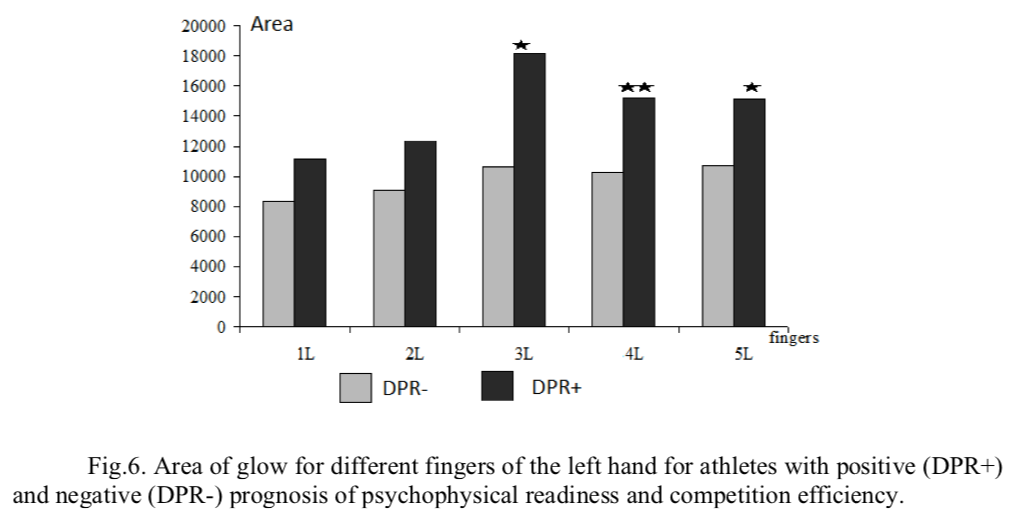
The psychophysical potential is understood as level of psycho-energy functional reserves of the organism which is genetically determined and rather steadily modified during long-term adaptation to factors of training and competitive loads in sports.
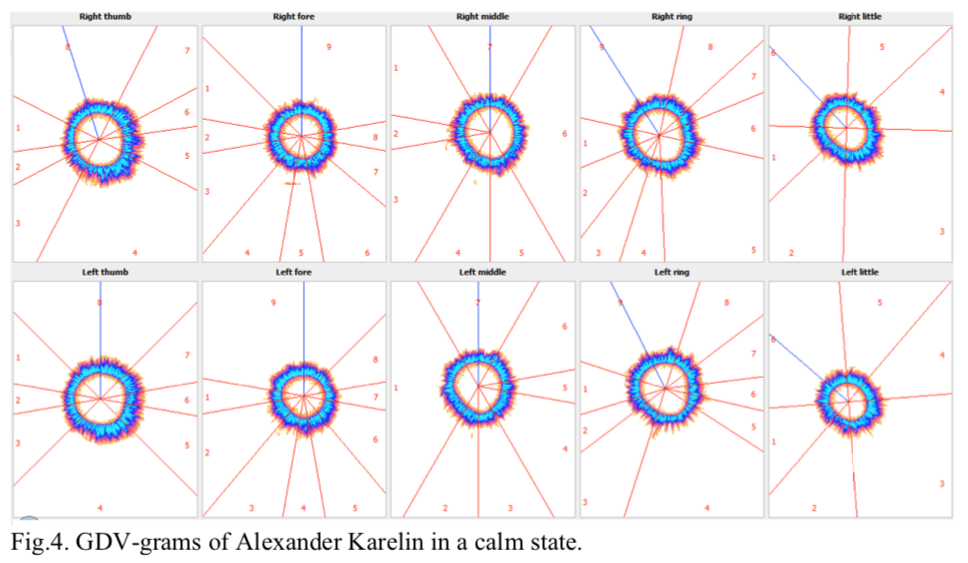
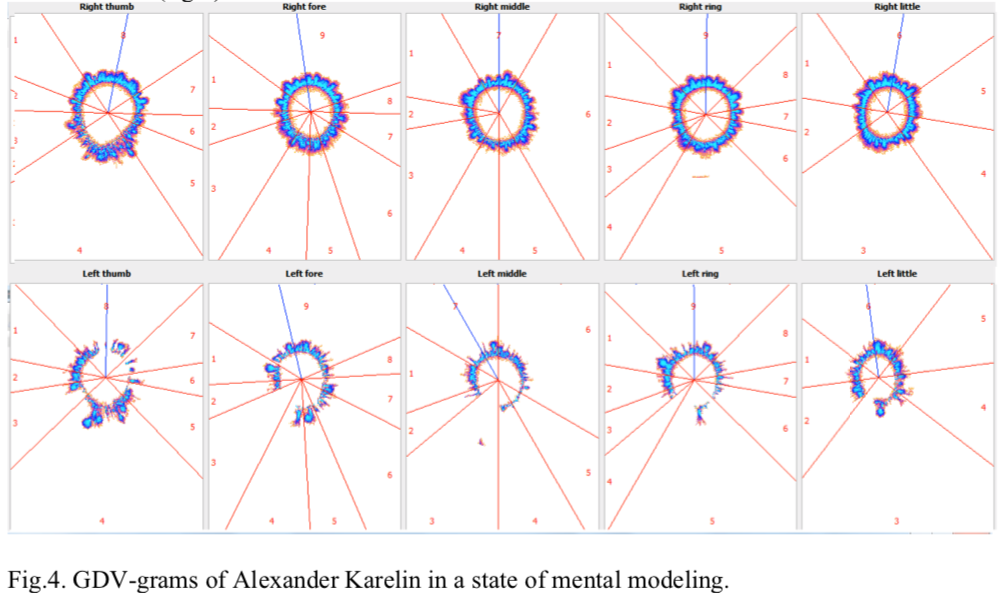
Further check of this regularity on the cohort of young highly skilled athletes showed that those who are in the so-called favorable periods of individual year differ in their GDV bioelectrography criteria by the highest level of psychoenergy indicators.
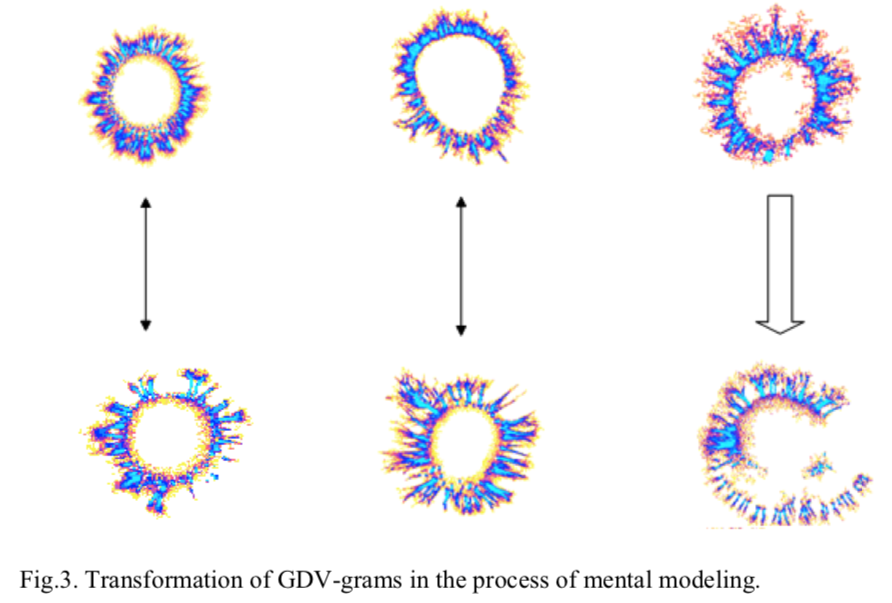
GDV in Sport
Bundzen P., Korotkov K., Massanova F., Kornycheva A., Diagnostics of Skilled Athletes Psycho-Physical Fitness by the Method of GDV: 5th Annual Congress of the European College of Sport Science, Finland, Jyavaskyla, 2000:186.
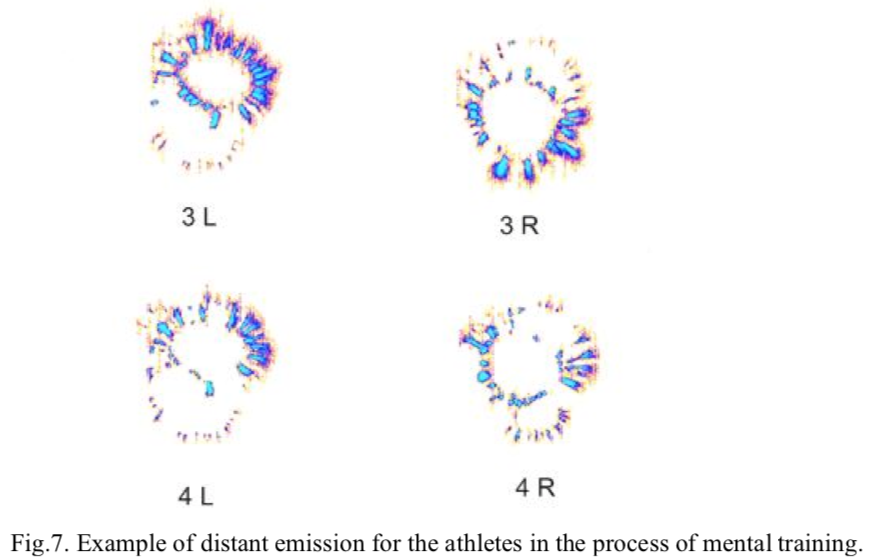
Full text: GDV in Sport
